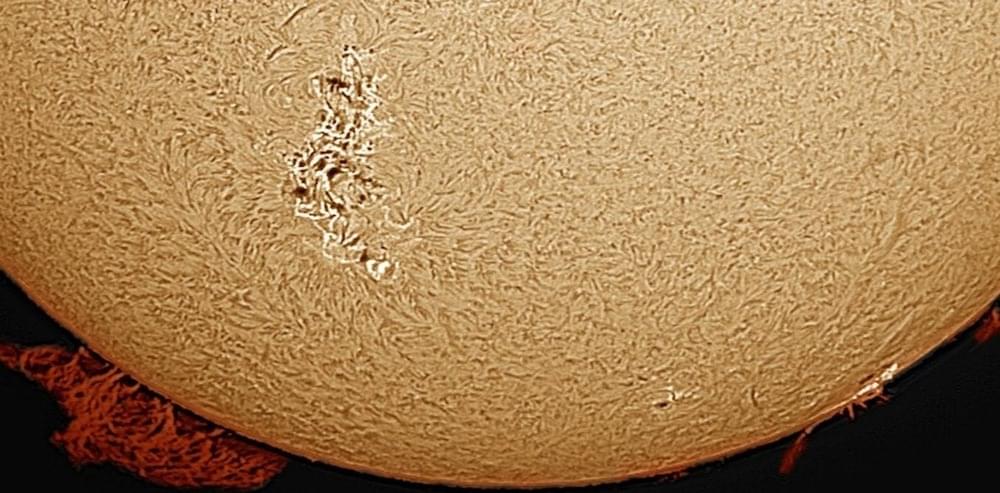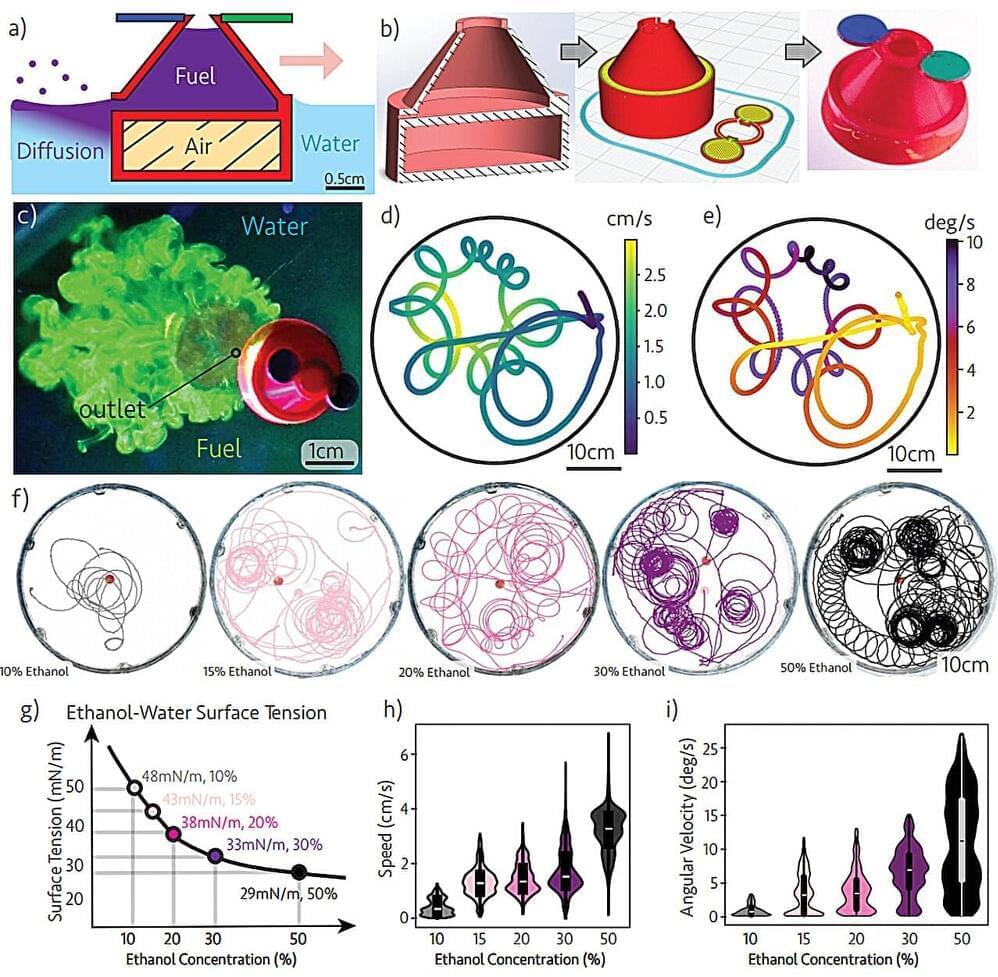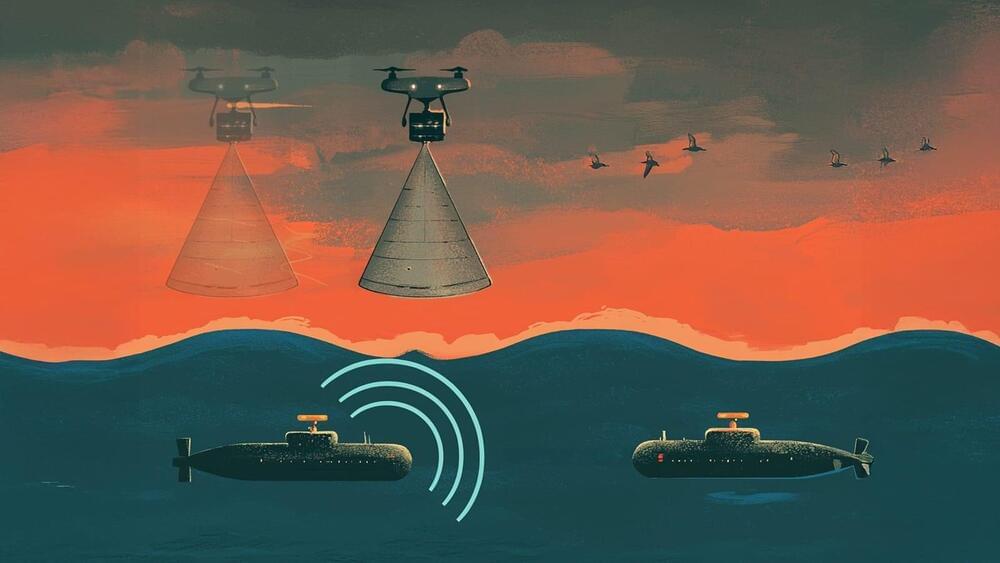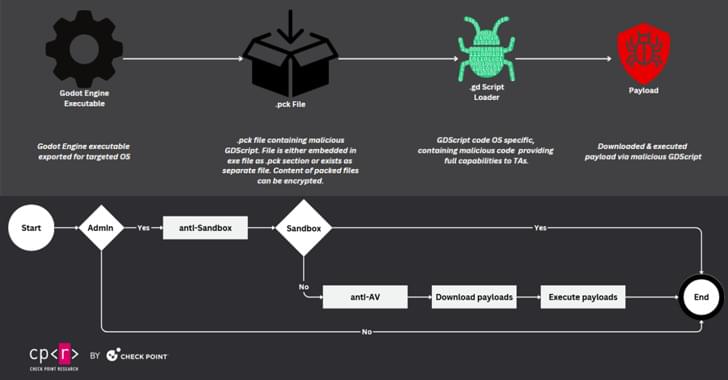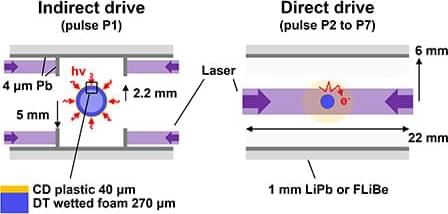Leading by example is a core belief. I’ve always advocated for a leadership approach that empowers the team and fosters a culture of continuous learning. The focus on sustainability isn’t just about technology—it’s about cultivating an environment where innovation thrives and where every team member is aligned with the vision of creating a more energy-efficient future.
Operating on three core principles (empowerment, communication and accountability) drives success and ensures every decision made is in line with long-term goals of sustainability and growth. Empowering the team means trusting them to innovate and make decisions that move the company forward, while open communication ensures alignment as the organization scales.
Looking ahead, the future of data centers lies in sustainability and transparency. As the demand for computing power grows, so too will the need for solutions that minimize environmental impact.


